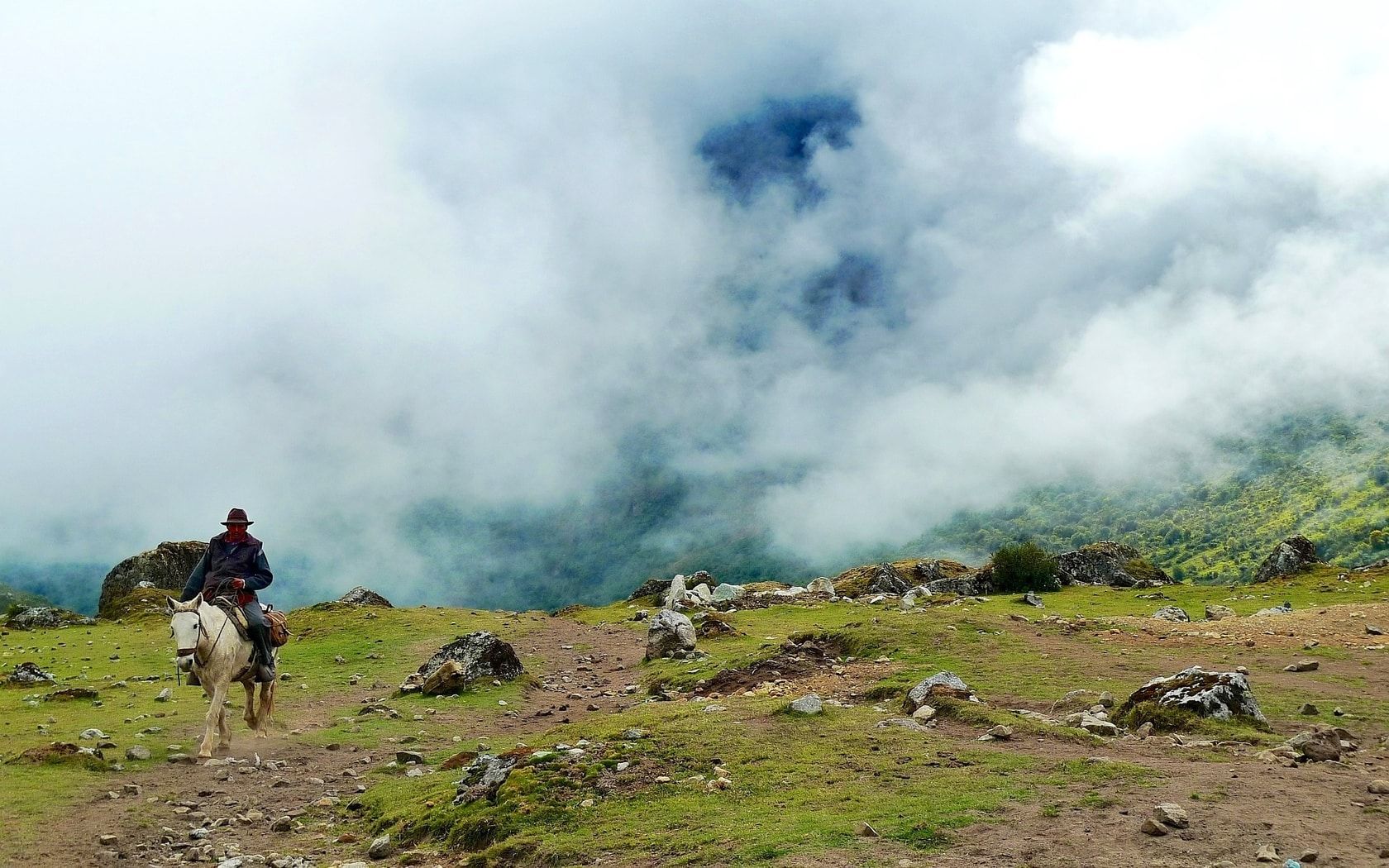Argentina was and still is very much home to the gaucho, that rugged, nomadic man on horseback that holds a romanticized, folk hero status in Argentine culture. Thousands of these skilled horsemen still inhabit the Pampas grasslands and beyond. And, while you might see a real-life gaucho with a cellphone these days, they still favor a simpler way of life similar to what it was hundreds of years ago. Here’s the lowdown on the gauchos of today and where to find them.
A brief history
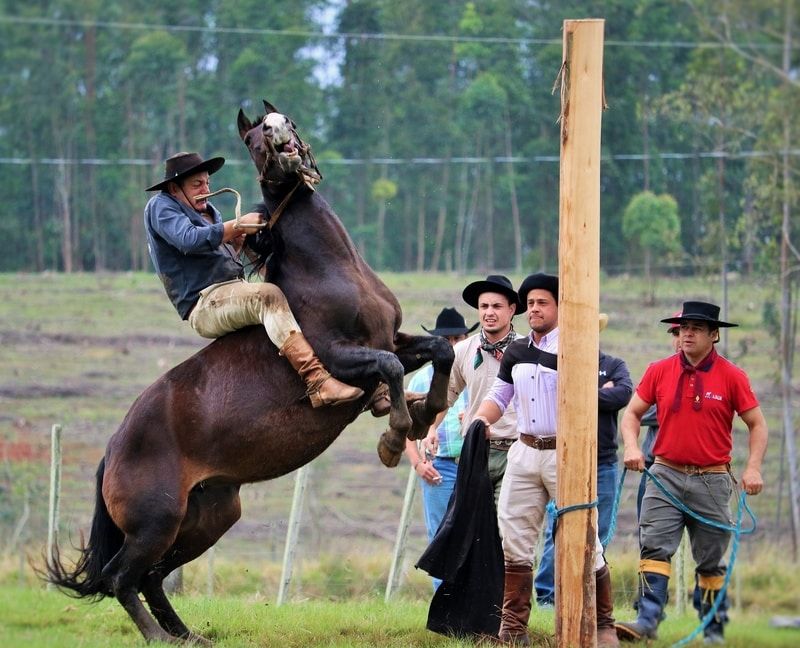
The word gaucho comes from the Quechua word huachu, which means orphan or vagabond. These rural, nomadic men were originally of mixed Spanish and indigenous origin and roamed the lands, sleeping on piles of hides in small mud huts. They first began to emerge to the rest of the world during the Argentine War of Independence in the early 1800s when they joined forces with Argentine nationalists in battle with the Spanish in the country’s rural areas. Thanks to their proficient horse riding skills and knowledge of the land, they played a vital role in setting up ambushes and hunting the large herds of escaped horses and cattle that roamed freely and bred prodigiously. By the end of the war in 1818, these previously looked-down-upon country folk had become widely known and respected as masters of the horse and rope, so much so that June 16 has become a national holiday marking the gaucho contribution to the War of Independence.
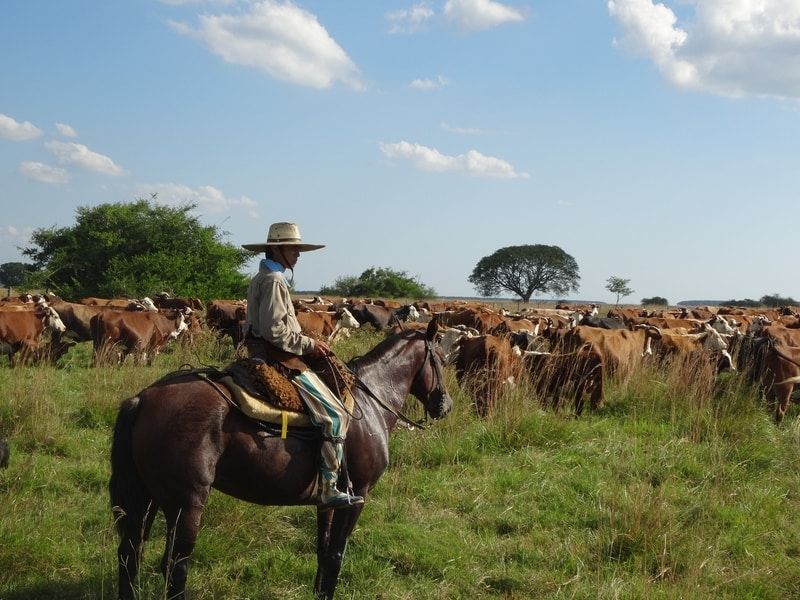
In the years that followed, Argentine landowners started to take control of the half-wild livestock and divided up the Pampas into huge estancias (ranches). In order to survive, the once free-spirited gauchos had to become farmhands and animal herders. With the Industrial Revolution came a wave of new technology that reduced the need for rural labor, putting many gauchos out of a job. Some went to the big cities such as Buenos Aires in search of better prospects, while others remained loyal to their roots and continued their nomadic lifestyle of roaming the countryside, moving from estancia to estancia offering their services as general handymen and horsemen.
Ways of the gauchos then and now
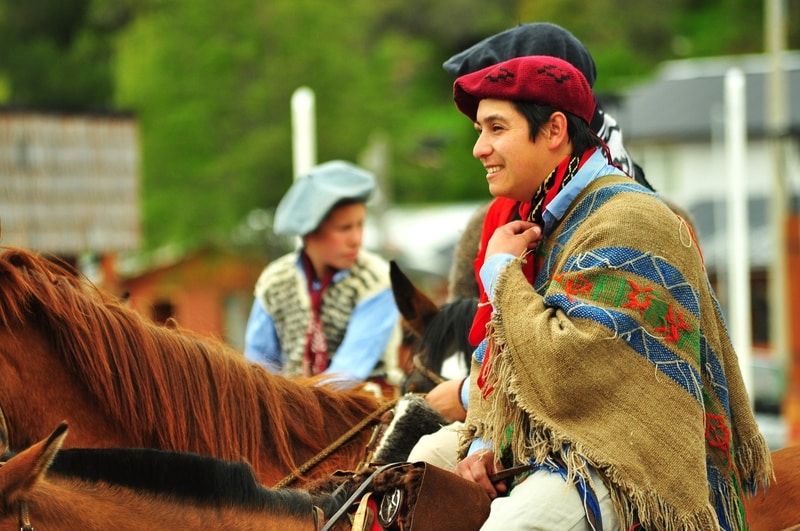
As nomadic men, they had no use for material objects and their worldly possessions generally consisted of a horse, a long, sharp knife or facón kept in their belt, a lasso and a pair of boleadoras (or bolas), a contraption made of three sturdy, leather-covered balls on leather cords designed to be thrown at the legs of an animal to entwine it. They traditionally wore a woolen poncho to keep warm and bombachas (baggy pants) tucked into a sturdy pair of leather boots, not forgetting their trusty beret or wide brimmed hat to shade them from the sun. Not much has changed between then and now and many of the modern day gauchos still adhere to their age-old traditions.
The gauchos were just as carnivorous back then as the Argentines today. Back in the day, they had no way of preserving meat and, after butchering a cow, they would build a fire and cook it immediately asado-style, washing it down with some Argentine wine. Today, most gauchos (and Argentines in general) still exist on the same diet of grilled meat, wine and, of course, yerba mate tea.
Where to find a gaucho
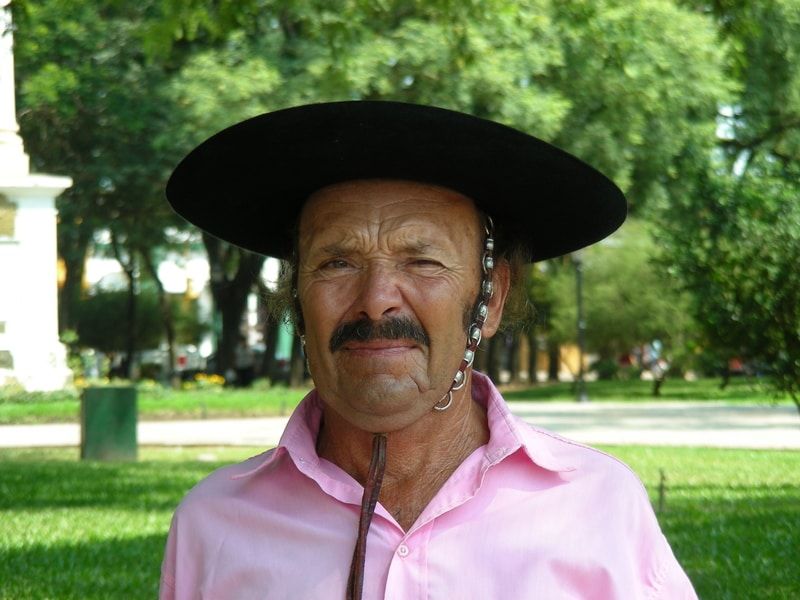
Nowadays the northern and eastern Pampas are home to the largest communities of gauchos but you can find them in the northern and southern provinces of Argentina too. A trip to an estancia is the best place to see a real-life gaucho. While many of them have tapped into the money-making world of tourism, acting as tour guides and hosts on the estancia, they can still be found herding cattle and spending a large part of their time on their horses in their free time, just like they did in the good old days.
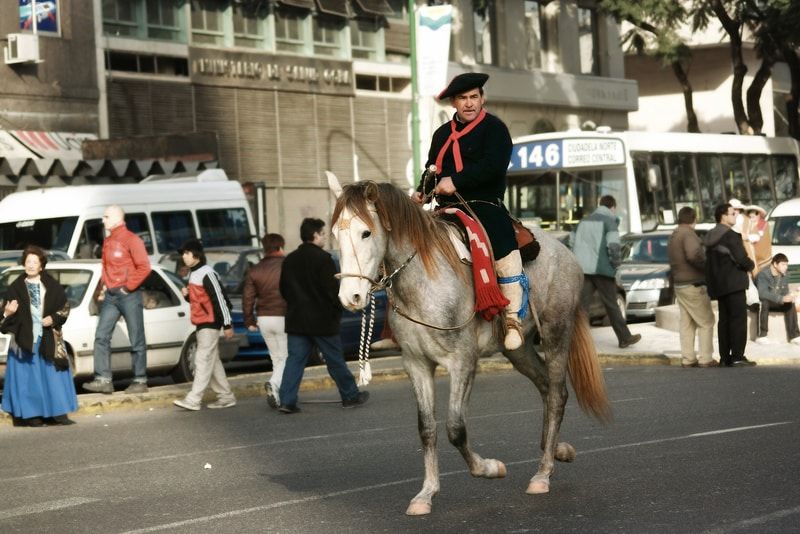
There are many estancias situated just a few hours’ drive from Buenos Aires that offer various day and weekend packages, including a traditional asado lunch, horseback riding and maybe a gaucho performance so you can see for yourself how truly skilled these men are on horseback. You can also rub shoulders with authentic gauchos in the sleepy, provincial town of San Antonio de Areco, around 70 miles west of Buenos Aires. The best time to go is in November when the local gauchos are out in full force for the annual Fiesta de la Tradición and you can watch live rodeo shows, lassoing contests, parades, folk dancing and outdoor grills piled high with huge chunks of barbecued meats.
Got anything else to add about gauchos in Argentina? Share your comments with our readers below.
Originally published on Ailola by Sophie Lloyd on March 4, 2019.
